
10 Types of Software Testing Models
January 14th, 2024
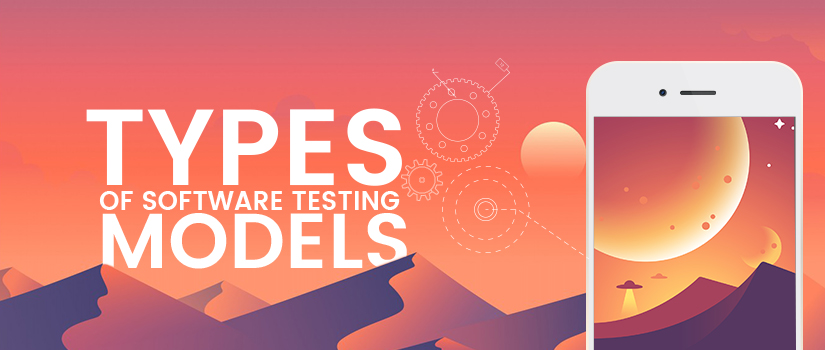
Testing is an integral part of the software development life cycle. Various models or approaches are used in the software development process, and each model has its own advantages and disadvantages. Choosing a particular model depends on the project deliverables and the complexity of the project.
What Are Software Testing Models?
Software testing models are systematic approaches used to plan, design, execute, and manage testing activities. They provide guidelines for carrying out testing processes effectively and ensure comprehensive test coverage.
Each model offers distinct advantages and is chosen based on the specific requirements of the project and the organization’s preferences. Understanding these models is crucial for selecting the most suitable approach for software testing in a given scenario.
Now let us go through the various software testing models and their benefits:
#1. Waterfall Model

This is the most basic software development life cycle process, which is broadly followed in the industry. Here, the developers follow a sequence of processes where the processes flow progressively downward towards the ultimate goal. It is like a waterfall where there are a number of phases.
These phases each have their own unique functions and goals. There are, in fact, four phases: requirement gathering and analysis phase, software design, programmed implementation and testing, and maintenance. All these four phases come one after another in the given order.
In the first phase, all the possible system requirements for developing a particular software are noted and analyzed. This, in turn, depends on the software requirement specifications, which include detailed information about the expectations of the end user. Based on this, a requirement specification.
A document is created that acts as input to the next phase, i.e., the software design phase. What needs to be emphasized here is that once you move into the next phase, it won’t be possible to update the requirements. So you must be very thorough and careful about the end-user requirements.
Advantages
- Easy to implement and maintain.
- The initial phase of rigorous scrutiny of requirements and systems helps save time later in the developmental phase
- The requirement for resources is minimal, and testing is done after the completion of each phase.
Disadvantages
- It is not possible to alter or update the requirements
- You cannot make changes once you are in the next phase.
- You cannot start the next phase until the previous phase is completed
#2. V Model
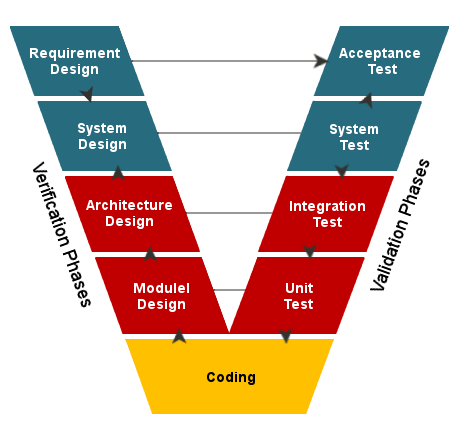
This model is widely recognized as superior to the waterfall model. Here, the development and test execution activities are carried out side by side in a downhill and uphill shape. In this model, testing starts at the unit level and spreads toward integration of the entire system.
So, SDLC is divided into five phases – unit testing, integration testing, regression testing, system testing, and acceptance testing.
Advantages
- It is easy to use the model since testing activities like planning and test design are done before coding
- Saves time and enhances the chances of success.
- Defects are mostly found at an early stage, and the downward flow of defects is generally avoided
Disadvantages
- It is a rigid model
- Early prototypes of the product are not available since the software is developed during the implementation phase
- If there are changes in the midway, then the test document needs to be updated
#3. Agile model
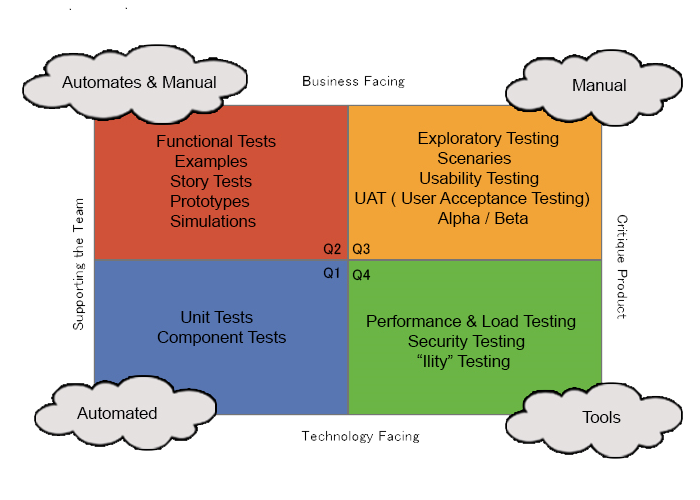
In this SDLC model, requirements and solutions evolve through collaboration between various cross-functional teams. This is known as an iterative and incremental model.
Also Read: Selenium Tutorial For Beginners- An Overall View into this Tool.
Advantages
- Ensure customer satisfaction with the rapid and continuous development of deliverables.
- It is a flexible model as customers, developers, and testers continuously interact with each other
- Working software can be developed quickly, and products can be adapted to changing requirements regularly
Disadvantages
- In large and complex software development cases, it becomes difficult to assess the effort required at the beginning of the cycle
- Due to continuous interaction with the customer, the project can go off track if the customer is not clear about the goals
#4. Spiral model
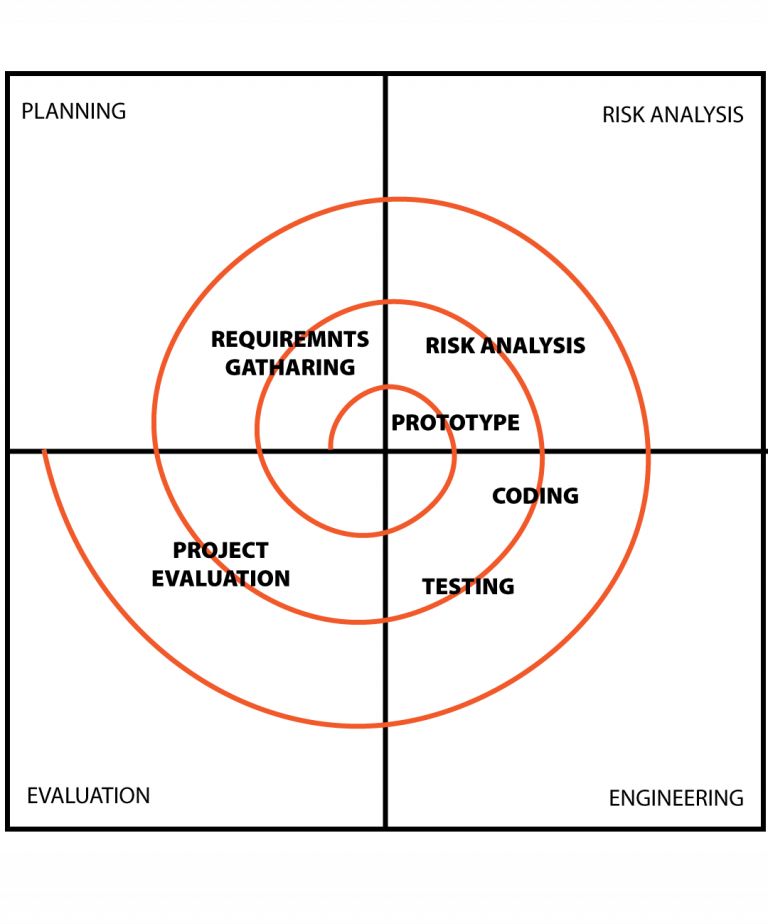
It is more like the Agile model, but with more emphasis on risk analysis. It has four phases: planning, risk analysis, engineering, and evaluation. Here, the gathering of requirements and risk assessment is done at the base level, and every upper spiral builds on it.
- Risk avoidance is enhanced due to the importance of risk analysis.
- Its a good model for complex and large systems.
- Depending on the changed circumstances, additional functionalities can be added later on
- Software is produced early in the cycle
Disadvantages
- Its a costly model and requires highly specialized expertise in risk analysis
- It does not work well in simpler projects
#5. Rational Unified Process
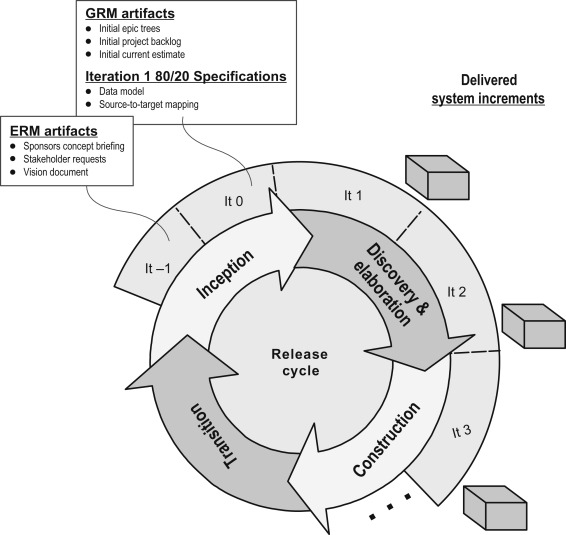
This model also consists of four phases, each of which is organized into a number of separate iterations. The difference with other models is that each of these iterations must separately satisfy defined criteria before the next phase is undertaken.
Advantages
- With an emphasis on accurate documentation, this model is able to resolve risks associated with changing client requirements.
- Integration takes less time as the process goes on throughout the SDLC.
Disadvantages
- The biggest disadvantage is that the team members must be experts in their niche.
- In big projects such as continuous integration, it might give rise to confusion
#6. Rapid application development
This is another incremental model, like the Agile model. Here, the components are developed parallel to each other. The developments are then assembled into a product.
Advantages
- The development time is reduced due to the simultaneous development of components, and the components can be reused
- A lot of integration issues are resolved due to integration from the initial stage
- It requires a strong team of highly capable developers with individual efficacy in identifying business requirements
- It is a module-based model, so systems that can be modularized can only be developed in this model
- As the cost is high, the model is not suitable for cheaper projects
#7 Iterative Model
The iterative model does not require a complete list of requirements before the start of the project. The development process begins with the functional requirements, which can be enhanced later. The procedure is cyclic and produces new versions of the software for each cycle. Every iteration develops a separate component in the system that adds to what has been preserved from earlier functions.
Advantages
- It is easier to manage the risks since high-risk tasks are performed first.
- The progress is easily measurable.
- Problems and risks that are labeled within one iteration can be avoided in subsequent sprints.
Disadvantages
- The iterative model needs more resources compared to the waterfall model.
- Managing the process is difficult.
- The final stage of the project may not entirely determine the risks.
#8 Kanban Model
The Kanban Model is a visual and flow-based approach to software development and project management. It relies on a visual board to represent work items, which move through different process stages. These stages include backlog, analysis, development, testing, and deployment.
Each work item in a Kanban system has a card on the board to represent it, and team members move these cards through the stages as they complete them.
The board provides a real-time visual representation of the work in progress and helps teams identify bottlenecks or areas for improvement.
Continuous improvement is a key principle of Kanban. Teams regularly review their processes, identify areas of inefficiency, and make incremental changes to enhance workflow. This adaptability and focus on improvement make the Kanban Model well-suited for projects with evolving requirements and a need for continuous delivery.
Advantages of Kanban Model:
- Visual Representation: Provides a clear visual overview of work items and their progress.
- Flexibility: It is adaptable to changing priorities and requirements, making it suitable for dynamic projects.
- Continuous Improvement: Encourages regular process reviews and enhancements for increased efficiency.
- Reduced Waste: Minimizes unnecessary work by focusing on completing tasks based on actual demand.
Disadvantages of the Kanban Model:
- Limited Planning: Less emphasis on detailed planning may be a drawback for projects requiring extensive upfront planning.
- Dependency on WIP Limits: Ineffective management of work-in-progress (WIP) limits can lead to bottlenecks.
- Complexity Management: This may become complex for large-scale projects or those with intricate dependencies.
- Team Dependency: This relies on team collaboration and communication, which can be challenging if not well coordinated.
#9 The Big Bang Model
- No Formal Design or Planning: The Big Bang Model is characterized by an absence of detailed planning or formal design before the development process begins.
- Random Testing Approach: Testing is conducted randomly, without a predefined strategy or specific testing phases.
- Suitable for Small Projects: This model is often considered suitable for small-scale projects or projects with unclear requirements.
Advantages of the Big Bang Model:
- Simplicity: The model is simple and easy to understand.
- Quick Start: Quick initiation, as there is no need for elaborate planning.
Disadvantages of the Big Bang Model:
- Uncertainty: Lack of planning and design can lead to uncertainty and chaos during development.
- Testing Challenges: Random testing may result in inadequate test coverage, and missing critical issues.
- Limited Scalability: Not suitable for large or complex projects due to a lack of structured processes.
#10 Scrum Model
Conclusion
In conclusion, the diverse landscape of software testing models within the Software Development Life Cycle (SDLC) offers a range of options to cater to different project requirements and complexities.
From traditional approaches like the waterfall model to more adaptive frameworks like Scrum and Kanban, each model brings its own set of advantages and disadvantages.
The choice of a testing model is crucial, influencing factors such as early issue detection, project adaptability, and overall software quality. As technology evolves, so does the array of testing methodologies, ensuring that software development stays dynamic and responsive to the ever-changing needs of the industry.


 Software Testing Events
Software Testing Events App Testing
App Testing Web App Testing
Web App Testing Game Testing
Game Testing Automation Testing
Automation Testing Load Testing
Load Testing Security Testing
Security Testing Performance Testing
Performance Testing Hire a Tester
Hire a Tester








